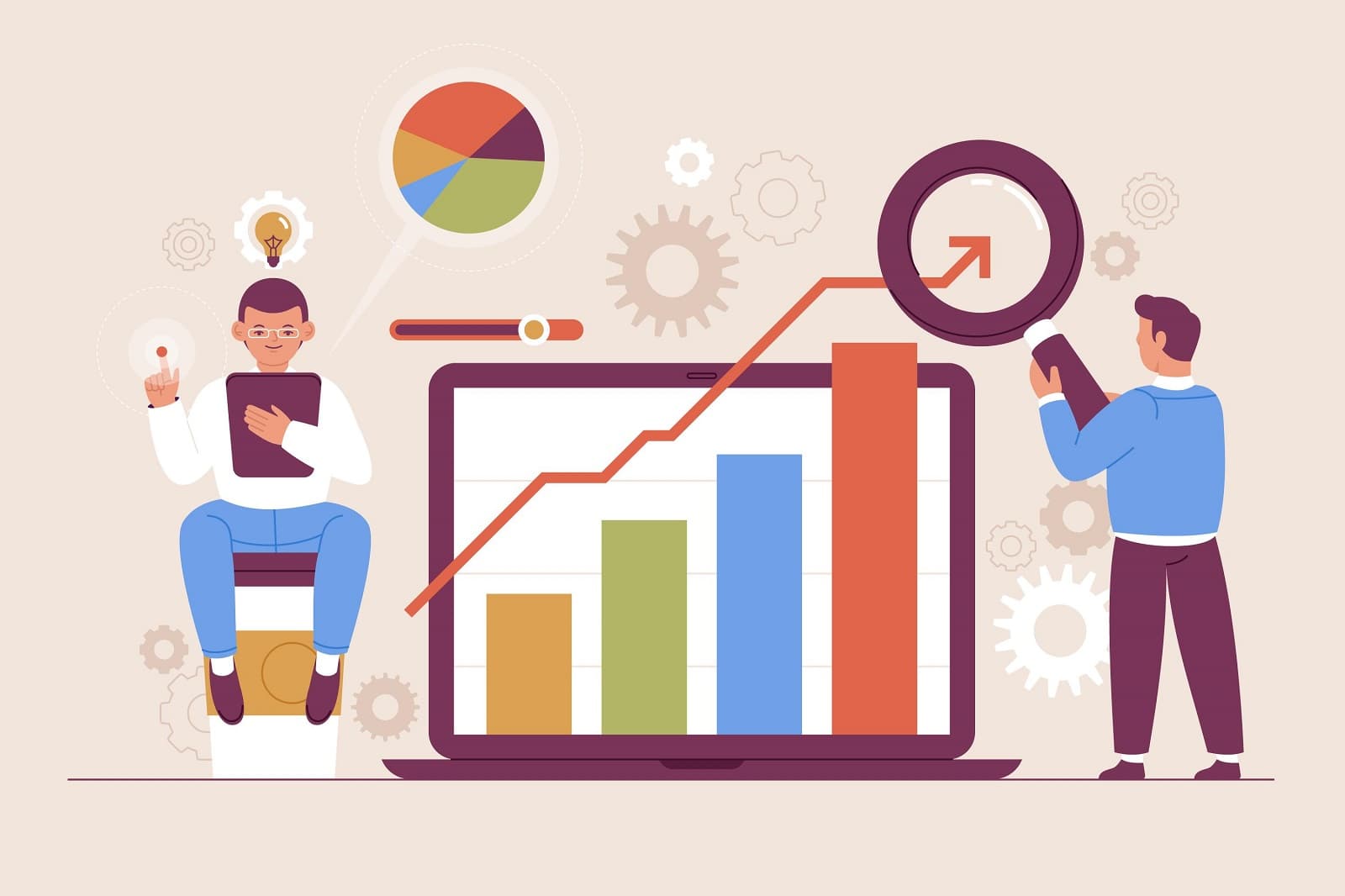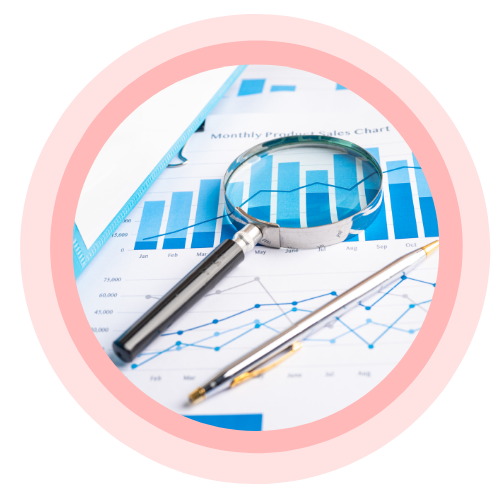Professional Secondary Quantitative Research & Insights
Professional Secondary Quantitative Research for Evidence-Based Decisions
Secondary quantitative research utilizes pre-existing data sources to provide insights and meet evidence-based decision-making. It affords organizations the opportunity to engage in understanding trends, patterns and outcomes, without the public or private draw-back of collecting primary data.
Secondary quantitative research, similarly, to its primary research counterpart, can also have applications in business analytics, market research, social research, and healthcare studies.
Secondary quantitative research is a relatively inexpensive approach to understanding trends, understanding variances for benchmarking performance and informing strategy using validated data sources to provide insights that support evidence-based decision-making
At Statswork, we offer customized secondary quantitative research services to meet your specific research objectives. Our team will manage all aspects of secondary quantitative research, including identifying eligible secondary datasets, data extraction, statistical analysis, and reporting. Your detailed report will provide actionable insights and recommendations to support informing strategy, improve performance, and support evidence-based decision making.
Analysis of Instrumental Data
We analyse existing reports and data sets from instrumentation to examine industry trends and consumer trends.

Analysis of Financial Data
We analyse and examine historical financial data to identify trends, indicators of performance, and opportunities.

Healthcare data analysis
We analyse existing healthcare datasets to assess measures of success, patient trends, and treatment efficacy.
Social Research
We access and analyse pre-existing social research data as it pertains to behaviours, attitudes, and demographic trends.
Performance benchmarking
We analyse and assess organizational or economic sector performance using secondary datasets to influence decision making.

Industries
Data collection allows sectors to train computer vision models, improve automation, improve diagnostics, ensure safety, and spur innovation via AI applications.
Statswork delivers accurate secondary quantitative research by combining dependable data analysis with practical insights for purposefully informed, evidence-based decision making. The steps undertaken to conduct secondary quantitative research:



1. Define Purpose
Determine goals for the research, questions of interest, and the scope of the research.

2. Source Data
Find relevant and credible secondary quantitative datasets.

3. Prepare Data
Clean, organize, and pull out the data subsets you wish to analysis.

4. Analyse Data
Use statistical methods to determine patterns and derive insights from the data.

5. Report & Recommend
Provide evidence-based reports based on your analyses of the secondary datasets and provide recommendations that will result in action.





- Uses already existing data sources instead of collecting new data.
- Analyzes numerical data to identify patterns, trends, and relationships.
- Provides cost-effective and time-saving insights for decision-making.
- Saves time and resources compared to primary data collection.
- Provides access to large, credible, and validated datasets.
- Offers quick insights to guide evidence-based decisions.
- Helps in benchmarking and identifying industry trends.
- Government databases and public records.
- Industry and market research reports.
- Academic and institutional publications.
- Financial records, healthcare datasets, and organizational reports.
- Selects only credible and verified data sources.
- Evaluates the quality and relevance of datasets before use.
- Applies strict statistical methods to maintain accuracy.
- Cross-checks findings with multiple data points when possible.
- Business and market research.
- Healthcare and clinical studies.
- Finance and investment analysis.
- Education and social sciences.
- Manufacturing and operations benchmarking.
- Cleaned and structured datasets ready for analysis.
- Comprehensive statistical analysis and visualizations.
- Easy-to-understand reports with key insights.
Begin dealing with the shopping behaviour data to convert more shoppers to buyers and personalize the buyer journey today!







